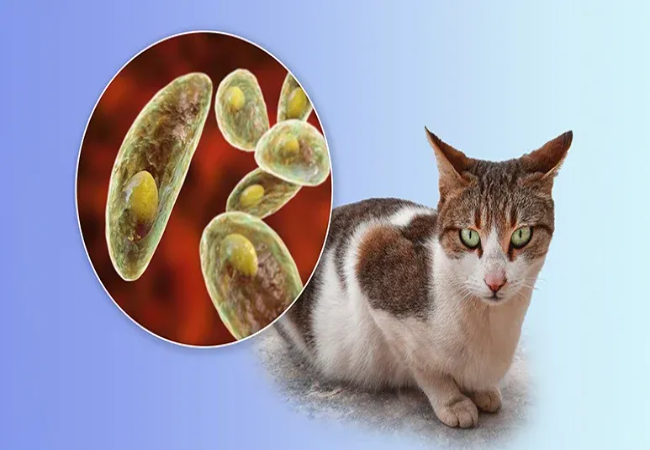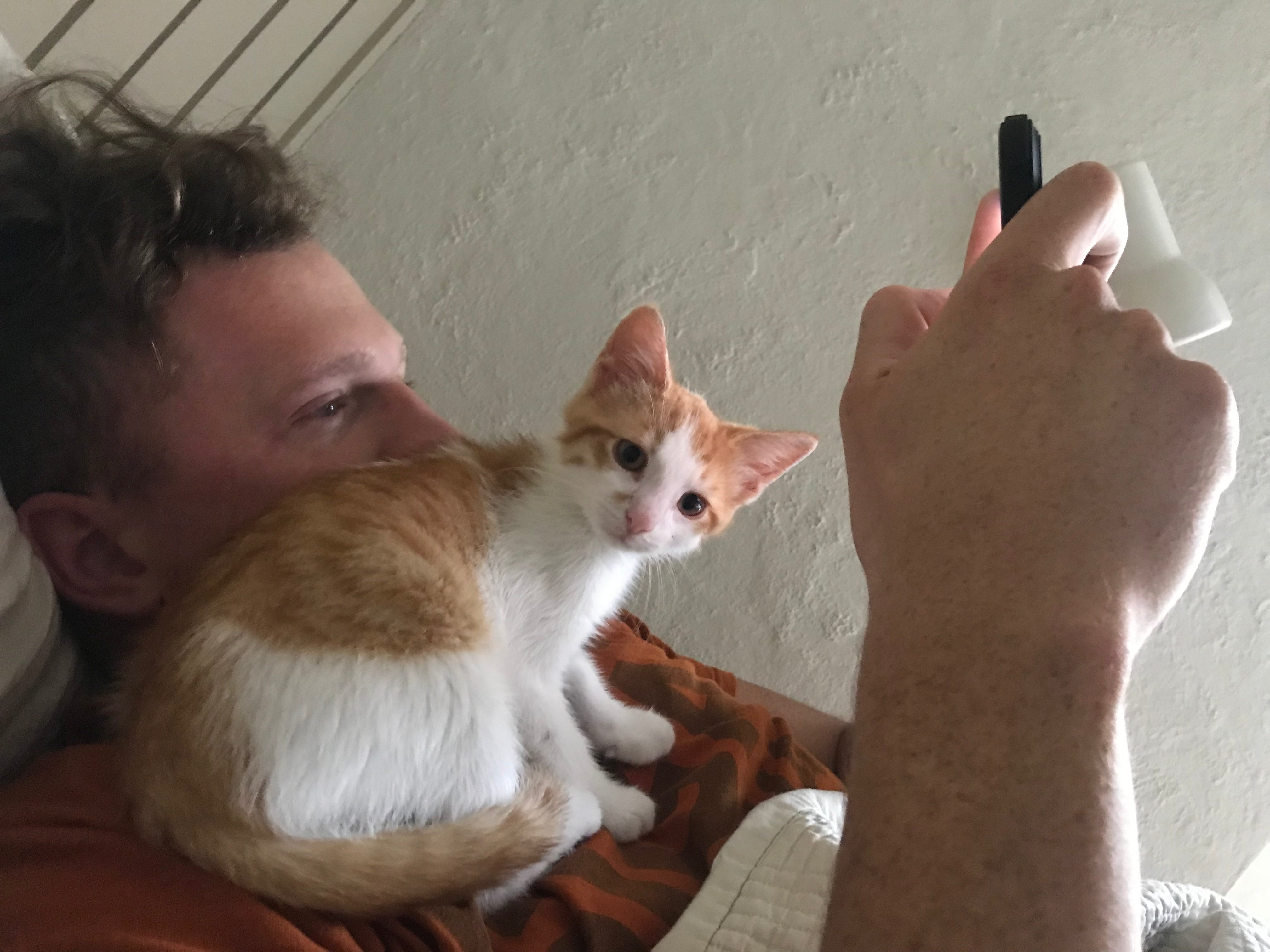Toxoplasmosis in Cats 2025: Risks, Prevention & Treatment Guide 🐱

In this article
Toxoplasmosis in Cats 2025: Risks, Prevention & Treatment Guide 🐱
By Dr. Duncan Houston BVSc
As a proud cat owner, you know the joy and comfort your feline friend brings. But with that joy also comes responsibility for their health—and your own. One of the conditions cat owners often hear about is toxoplasmosis, a disease surrounded by myths and worries. Some believe it’s a major risk for all cat owners, while others brush it off entirely. The truth lies somewhere in between.
This guide breaks down everything you need to know about toxoplasmosis in cats, how it affects humans, and the simple steps you can take to stay safe.
What is Toxoplasmosis? 🦠
Toxoplasmosis is an infection caused by a microscopic parasite called Toxoplasma gondii (T. gondii). This parasite is incredibly common—scientists estimate that up to one-third of people worldwide have been exposed at some point.
Cats are the definitive host, which means the parasite completes its life cycle inside them and is shed in their feces. However, this doesn’t mean every cat poses a risk. In fact:
-
Most cats only shed the parasite once in their lifetime, usually after a first exposure.
-
The parasite takes 1–5 days after being shed in feces before it becomes infectious.
-
Indoor cats that don’t hunt or eat raw meat are very unlikely to carry or spread it.
Symptoms of Toxoplasmosis in Cats 🐾
Most infected cats never show signs at all, which is why the disease often goes unnoticed. But in rare cases, especially in kittens or immunocompromised cats, symptoms may include:
-
Lethargy or unusual tiredness
-
Fever
-
Loss of appetite or weight loss
-
Difficulty breathing or coughing
-
Diarrhea
-
Jaundice (yellowing of the skin/eyes)
-
Neurological issues (tremors, uncoordinated movement, seizures)
👉 If your cat shows any of these signs, it’s important to contact a veterinarian for proper diagnosis. Blood tests and other lab work can confirm whether toxoplasmosis is present.
Transmission to Humans 👩👩👦
Humans can contract toxoplasmosis in several ways, not just from cats:
-
Cat litter: Handling litter that contains the parasite (but only after 1–5 days, since fresh feces aren’t infectious).
-
Undercooked meat: Eating raw or undercooked pork, lamb, or venison is actually the leading cause of infection in humans.
-
Contaminated soil or water: Gardening without gloves, drinking untreated water, or eating unwashed produce.
-
Mother-to-child transmission: Pregnant women who contract toxoplasmosis for the first time during pregnancy can pass it to the fetus.
For most healthy adults, toxoplasmosis causes mild, flu-like symptoms or no symptoms at all. But it can be serious for:
-
Pregnant women (risk of birth defects or miscarriage)
-
People with weakened immune systems (e.g., HIV, chemotherapy, organ transplants)
Myths vs Facts about Cats & Toxoplasmosis 🚫🐱
❌ Myth: “All cats spread toxoplasmosis constantly.”
✅ Fact: Most cats only shed it once, and indoor cats are very low risk.
❌ Myth: “It’s unsafe to live with a cat if you’re pregnant.”
✅ Fact: With good hygiene and precautions, the risk is minimal. In fact, most human cases come from undercooked meat, not cats.
❌ Myth: “Indoor cats don’t need to be considered at all.”
✅ Fact: While risk is very low, indoor cats can still carry the parasite if they’ve ever been exposed.
Prevention of Toxoplasmosis ✅
Good hygiene dramatically reduces any risk of transmission. Here are the best steps:
-
🧼 Clean the litter box daily (before the parasite becomes infectious).
-
🧤 Wear gloves when gardening or handling soil.
-
🥩 Avoid raw or undercooked meat—cook pork, lamb, and venison thoroughly.
-
🍎 Wash fruits and vegetables before eating.
-
🚰 Wash hands after handling cat litter, soil, or raw meat.
-
🐱 If you’re pregnant or immunocompromised, try to have someone else clean the litter box, or use disposable gloves and a mask.
Treatment for Toxoplasmosis in Cats & Humans 💊
-
Cats: Many cats don’t need treatment since their immune system controls the infection. If symptoms appear, vets may prescribe medications like clindamycin or other antiparasitics.
-
Humans: Healthy adults rarely need treatment. High-risk patients (pregnant women, immunocompromised individuals) may receive antibiotics such as pyrimethamine and sulfadiazine.
With prompt care, both cats and humans usually recover well.
Final Thoughts 🐾
Toxoplasmosis sounds intimidating, but with basic hygiene and awareness, the actual risk from cats is quite small. Indoor cats on a balanced diet of commercial food are especially unlikely to pose any danger.
So don’t let fear or misinformation come between you and your feline companion. By staying informed, practicing safe habits, and working with your vet, you can keep both yourself and your cat healthy and happy.








